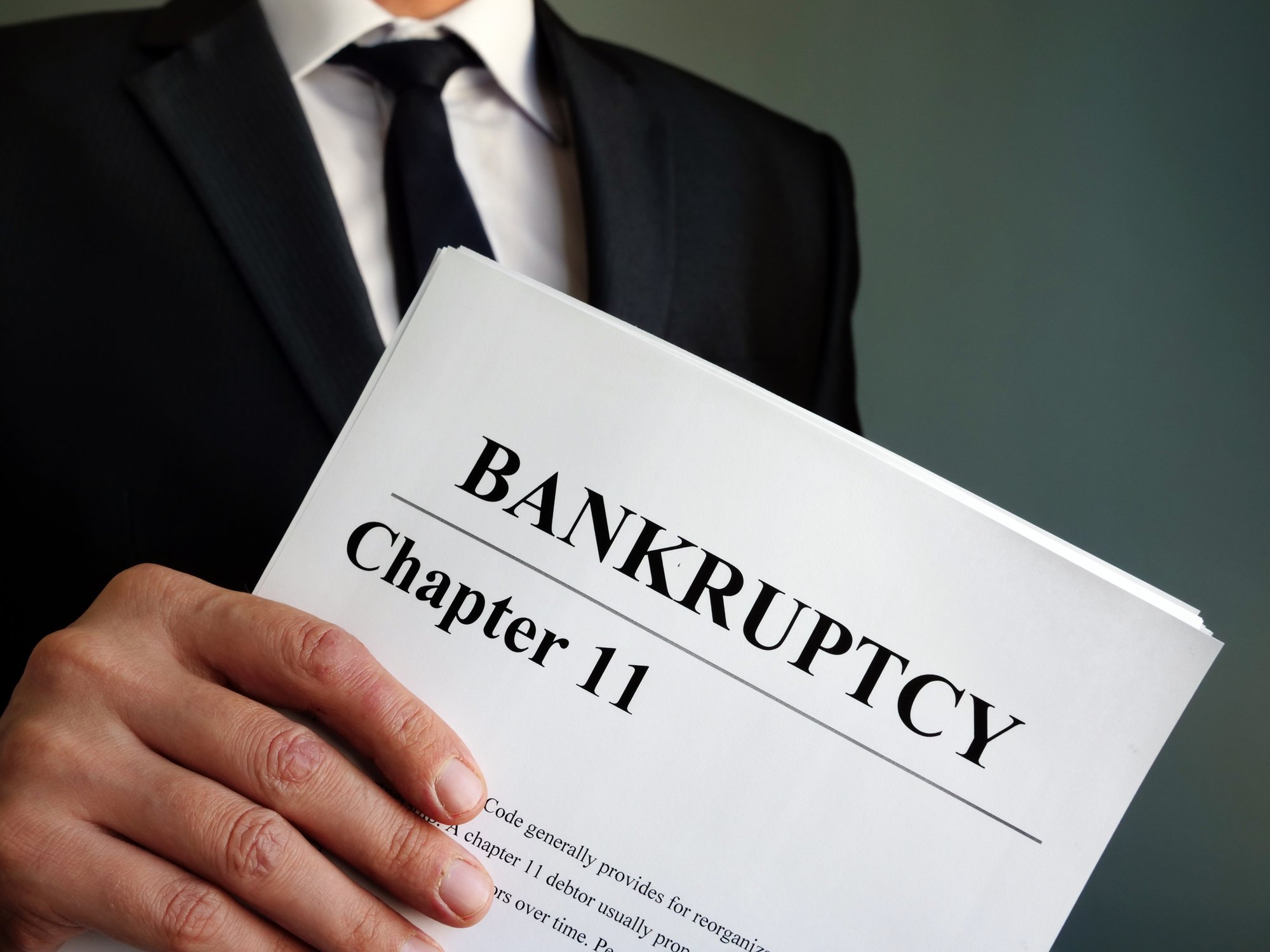Chesapeake Energy (CHK +0.00%) is reportedly on the brink of bankruptcy. While the recent slump in commodity prices might go down as the culprit, the company's issues run much deeper than that.
The biggest problem is that the company's management team has made a series of missteps over the last few years that made matters much worse. Here's a look back at some of their head-scratching moves that contributed to its impending demise.
Misappropriating a $5 billion windfall
In late 2014, Chesapeake Energy made what seemed like a brilliant move at the time. The company unloaded some of its Marcellus and Utica Shale assets to Southwestern Energy for roughly $5 billion in cash. That move helped fortify its financial position during a deep oil price downturn.

Image source: Getty Images.
At the time of the deal, Chesapeake had roughly $11.5 billion of outstanding debt. However, instead of applying all of its financial windfall toward debt reduction, Chesapeake used most of it for other things. One of the big blunders was allocating $1 billion of it to repurchase stock. While the move initially retired a meaningful amount of shares, Chesapeake has gone on to significantly dilute investors via debt exchanges and an acquisition:
The subsequent wipeout from the dilution and other factors incinerated the $1 billion the company used to repurchase its shares.
Drill, baby, drill but with nothing to show
Chesapeake also used some of the cash proceeds to cover the gap between cash flow and capital expenses to develop new wells so that it could grow its production. That strategy of selling assets to cover cash flow shortfalls would continue for the next several years. Because of that, debt has barely budged from its late 2014 level despite the Southwestern deal, as well as several subsequent asset sales (including offloading the rest of its Utica shale assets for $2 billion in 2018):
CHK Cash from Operations (Annual) data by YCharts.
Unfortunately, all those new wells haven't boosted the company's production, nor its profits. For example, during the first quarter of 2015, Chesapeake produced an average of 686,000 barrels of oil equivalent per day (BOE). It sold that output for an average of $22 per BOE, generating $928 million of adjusted earnings before interest, taxes, depreciation, and amortization (EBITDA).
By the fourth quarter of 2019, production was down to an average of 477,000 BOE/D. While Chesapeake's realized sales price improved to $26.57 per BOE during that quarter, adjusted EBITDA was down to $561 million. Thus, the billions it spent drilling more wells did not benefit investors one bit.
A bold bet that backfired
Another disastrous move by Chesapeake's management team was the purchase of WildHorse Resource Development, which closed in early 2019. The roughly $4 billion purchase price included the assumption of WildHorse's debt, as well as a cash component. As a result, the deal added $1.375 billion of debt to Chesapeake Energy's balance sheet, contributing to the increase in its total debt from $8.168 billion at the end of 2018 to $9.78 billion at the end of the 2019's first quarter.
While the company chipped away at some of that debt since then, its total debt outstanding currently stands at about $9 billion. On a positive note, it only listed $420 million of current maturities on its long-term debt and another $136 million of accrued interest on its first-quarter financial statements. Unfortunately, it has limited financial resources to meet these financial obligations.
It had just $82 million in cash at the end of the first quarter after outspending operating cash flow by $100 million on drilling more wells. The company had hoped to raise enough cash to address its upcoming debt maturities by selling between $300 million to $500 million in assets this year. However, that strategy went out the window when oil prices crashed, taking asset values with them.
In hindsight, if the company didn't take on nearly $1.4 billion of debt to buy WildHorse or continue outspending cash flow on drilling more wells, it might not have needed to rely on more asset sales to meet its upcoming debt maturities.
A litany of missteps
While two devastating oil price plunges have mortally wounded Chesapeake Energy, the oil company also has several self-inflicted wounds. These missteps resulted in the company's debt barely budging over the past several years, despite selling a substantial amount of assets. Because of that, Chesapeake only has itself to blame if it ends up filing for bankruptcy.








